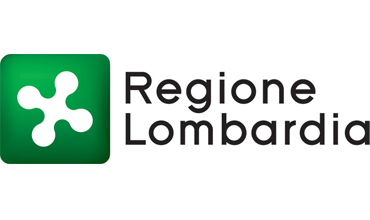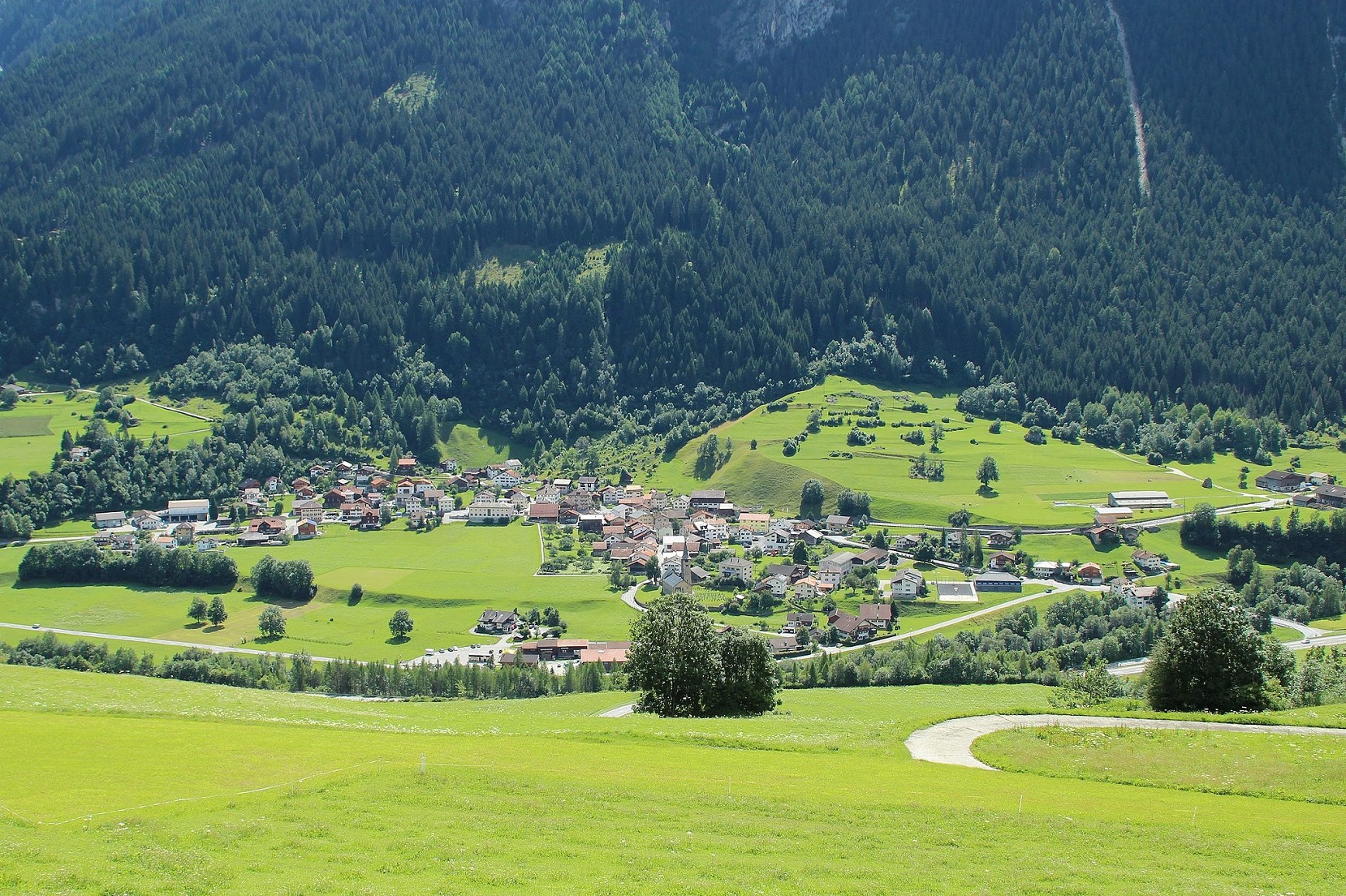A fascinating route between nature and history, which winds for 65 km in the heart of the central Alps: the Via Spluga starts from Thusis, in Switzerland, and through the Spluga Pass, at 2115 meters above sea level, reaches the Valle San Giacomo and Chiavenna, meeting people from Graubünden, Valais, Walser and Lombard.
Today this route can be done along dirt roads, paths and suspension bridges, but also by public transport or car, thanks to an efficient road network. The pass can be travelled by car, thanks to the road built on the ancient road dating back to the 19th century.
We will focus on the stages of which we have verified accessibility and that can be reached by car, by bus for more information on train timetables, please visit https://www.trenord.it/EN/
The Italian stretch of the route takes place in Lombardy: from the Spluga Pass it goes down through the Val San Giacomo and arrives in Chiavenna, at the foot of the Rhaetian Alps, a meeting place between Val San Giacomo and Val Bregaglia.
From the Spluga Pass along State Road 36, which runs along Lake Montespluga, in 17 km you reach Corti di Campodolcino (SO), where you can find the Museum of the Spluga Valley established on the basis of a testamentary arrangement dating back to 1786, in which Abbot Foppoli assigned his assets, including the historic sixteenth-century building which later became the museum, to a local Consortium, for public service purposes.
Here, at the end of the nineteenth century, Don Luigi Guanella founded a craft school called "Opera Pia S. Antonio" where the local girls could learn the art of sewing and embroidery, the processing of wood shavings and straw. Even today, the Museum witnesses the civilization of the valley and the historical and commercial importance that the Via Spluga had over the centuries: an important channel of communication between the Mediterranean basin and the area north of the Alps. Inside the Museum there are various sections dedicated to traditional crafts, winter tourism, the typical house, women's work, traditional games and the history of the Spluga Valley. On the top floor there is the scientific section focusing on the natural environment of the valley, with an educational workshop on the theme of water and energy.
Inside the palace, the eighteenth-century chapel of S. Antonio, carefully restored, can be visited.
For information on accessibility, please click on this link
Just 6 km from Campodolcino is the Sanctuary of the Blessed Virgin of Gallivaggio that was built in 1598 where a wooden chapel had once been constructed in the place where, according to tradition, in 1492 the Virgin Mary appeared to two girls. The sanctuary was consecrated by the bishop of Como, Filippo Archinti in 1615. The bell tower of the Sanctuary dates back to 1731. It is 52 m high and it is the highest in Valchiavenna, but it is not possible to visit it.
The Sanctuary is about 10 km from Chiavenna. Along the way, you pass through the small village of San Giacomo Filippo, where there is the homonymous church of 1100.
For information on accessibility, please click on this link
In the ancient artisan district of Chiavenna there is the Bottonera mill which, with the annexed pasta factory, has long been an important element in the economic life of Valchiavenna, because it was a guarantee of "employment and economic security for families". Today the mill is worth a visit because it is a rare example of industrial architecture, where you can still breathe the nineteenth-century atmosphere.
For information on accessibility, please click on this link
At the entrance of the "Parco Archeologico Botanico del Paradiso", about 600 meters from the Chiavenna railway station, you can find the Archaeological Museum of Valchiavenna (SO). Each section of the exhibition itinerary, from prehistory to the Middle Ages, is characterized by a colour, while large coloured drawings also help younger visitors to experience the environments and habits of the ancient inhabitants of the area.
For information on accessibility, please click on this link
The last stop of the Via Spluga, definitely not to be missed, is the Collegiata di S. Lorenzo a religious complex whose origins date back to the fifth century but which, over the centuries, has been repeatedly renovated. It is characterized by its tall seventeenth-century bell tower, which has replaced the Romanesque one, the refined quadrangular portico with Renaissance forms and the octagonal baptistery. Inside the baptistery you can admire the beautiful baptismal font of the Romanesque period: a monolithic tub of soapstone of about 6 meters in circumference, on which the ceremony of the Holy Saturday is carved, during which the baptismal water was blessed and baptism was administered. The church is entirely frescoed.
For information on accessibility please click on this link
From the small courtyard to the right of the church, you can access the Treasure Museum that in three rooms exhibits religious objects that are particularly significant for art and local history: there are paintings, liturgical books, rich and precious vestments and liturgical objects, some beautiful polychrome wooden statues of the Virgin and Saints of the fifteenth and sixteenth centuries and a very rare eleventh century music code. But the masterpiece of the entire collection, a masterpiece of medieval jewellery, is the Peace of Chiavenna: an evangeliary cover of embossed gold, gems and precious miniatures, whose name comes from the tradition in modern age, to offer it to the kiss of the faithful during the exchange of peace and which is composed of 25 sheets of gold mounted on a walnut wood board with 97 pearls, 94 gems and 16 glazes. A screen placed above the Peace allows you to admire, with greater precision, every single detail framed by the magnifying lens.
For information on accessibility please click on this link
Before leaving
In addition to the dedicated website: http://www.viaspluga.com/index.php?l=en
to paper guides and to suggestions that can be found in the Inlombardia website, for those who would like to have detailed information on the walking path, there are two free apps that can be downloaded:one for iOS and the other for Android.
"Project carried out under the General program of intervention of the Lombardy Region, funded by the Ministry of Economic Development - 2015 Allocation".

